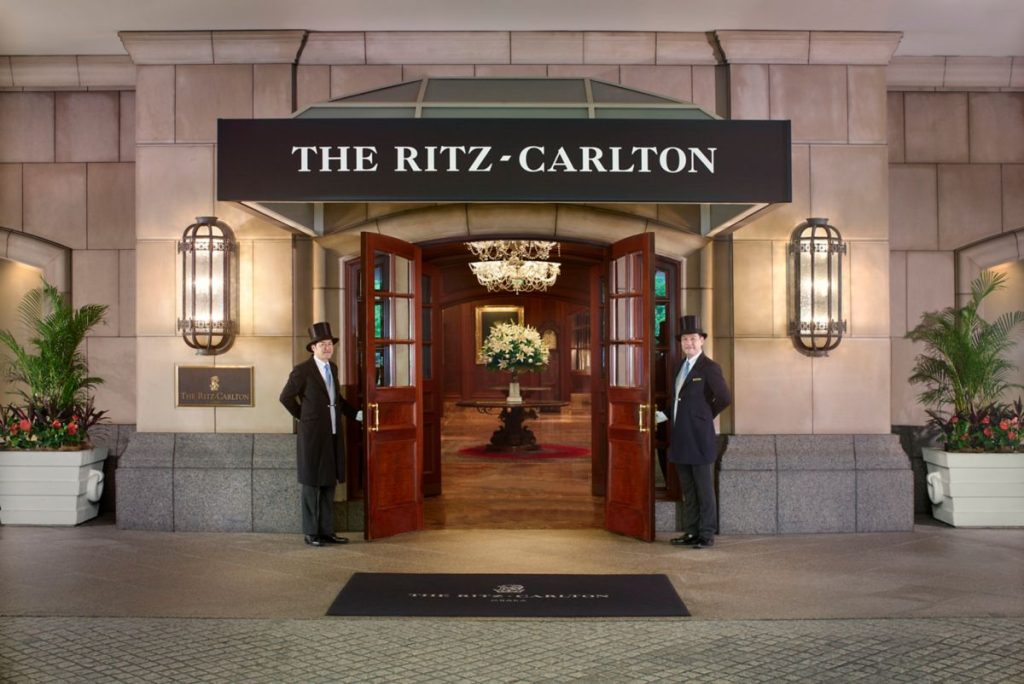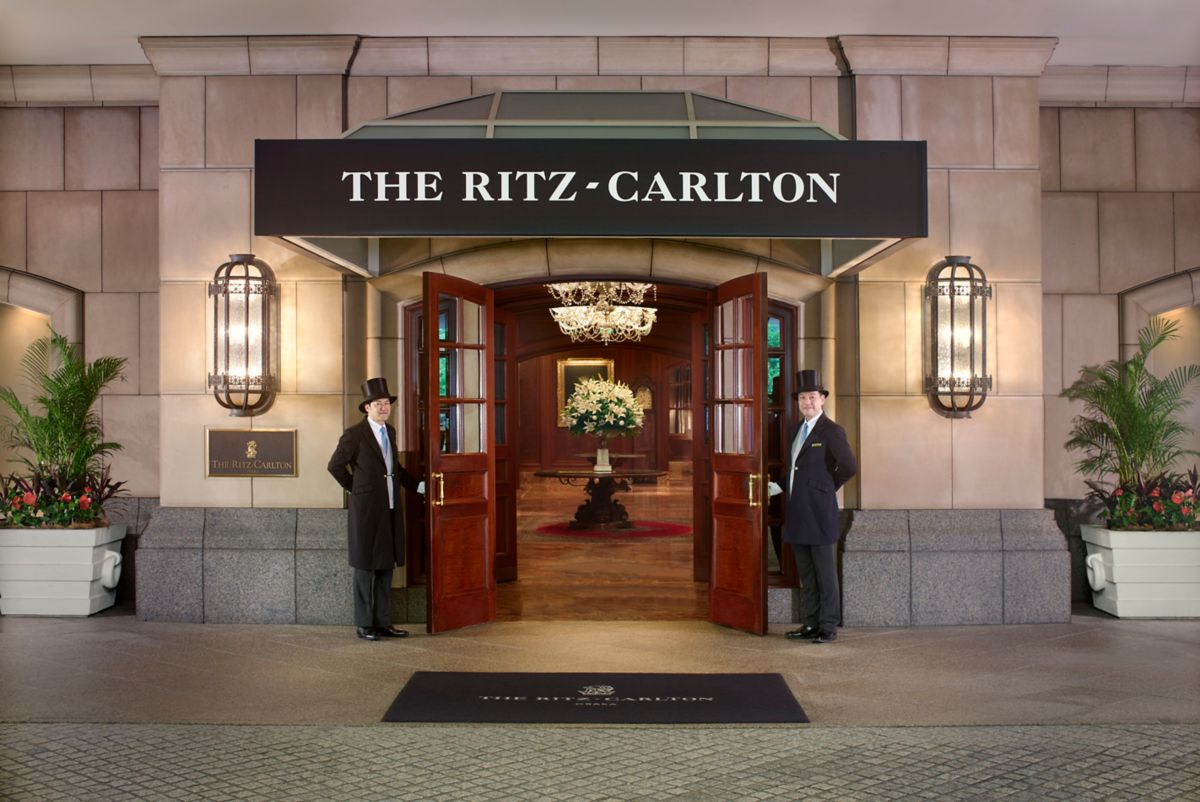When Guests Can’t Decide: How Your Staff Can Guide Choices Using Psychology (Not Pressure)
We’ve all seen it.
A guest stares at the menu for 3 minutes, then looks up and says:
“Umm… I’m torn between the sea bass and the risotto.”
And your staff replies:
“Both are good. Take your time.” They think they’re being polite.
But in reality, they’ve just thrown the guest deeper into choice paralysis. That customer is now more likely to order impulsively, choose nothing, or walk away feeling unsatisfied — all because no one helped them decide.
Here’s what your staff should understand:Behavioral economics tells us that humans hate making choices when there’s no clear winner. It causes decision fatigue, and when people feel mentally tired, they either delay the decision, pick randomly, or regret what they chose.
What to do instead:
Train your staff to nudge the guest. Gently guide them toward the better option by making it feel like the default — the safe, recommended, most popular choice.
For example, your staff should say:
“If you’re hungry and want something comforting, the risotto is really satisfying — it’s what most guests love on chilly nights.”
Or:
“The sea bass is lighter — perfect if you’re having dessert after. Personally, I’d go for that if I wanted something elegant.” By anchoring the choice in emotion or popularity, you’re reducing the guest’s cognitive load. That’s powerful.
Why this works:
- Default Bias: People tend to go with what’s recommended or “default” because it feels safer and easier.
- Social Proof: Mentioning what “most people order” taps into our instinct to follow the crowd.
- Framing Effect: Describing the dishes with emotional or contextual anchors (“comforting,” “elegant,” “on chilly nights”) increases perceived value.
Train this into your team:
Step 1: Make them practice describing each dish or service with emotion and context.
Step 2: Let them memorize which items are best for which guest moods or times.
Step 3: Teach them how to use phrases like:
– “If you’re in the mood for…”
– “Personally, I’d go for…”
– “Most guests who love X usually enjoy Y.”
Bottom Line:
Helping a guest choose is not pushy — it’s psychologically helpful. And when done well, it leads to better reviews, faster service, and higher sales.
Next time your staff sees a guest hesitate, they’ll know exactly what to say — and why it works.

Situation: The Cheesecake Factory is infamous for its overwhelming menu — over 250 items. Yet customers don’t walk out confused. Why?
What they did:
They trained servers to use guided decision-making based on behavioral economics:
- Servers are taught to ask simple filtering questions:
“Are you in the mood for something fresh or something filling?”
“Do you want something lighter or something cheesy and indulgent?”
- Then they nudge the guest toward 2–3 recommended items using emotional framing:
“If I were celebrating something, I’d totally go for the Chicken Madeira — it’s creamy, warm, and super popular.”
“If you’re watching carbs, the Skinnylicious Grilled Salmon is clean but really flavorful.”Why it works:
Even with a massive menu, they’ve minimized choice stress by training servers to act like a smart filter — not just waiters. This increases order satisfaction, table turnover speed, and repeat business.
Key Behavioral Economics Used:
- Framing Effect – Describing dishes emotionally (“indulgent,” “celebratory”) increases their perceived fit.
- Choice Architecture – Narrowing options for the customer reduces choice overload.
- Social Proof – Highlighting “most popular” or “guest favorite” choices builds confidence.
Case Study 2: Ritz-Carlton Hotels – Anticipatory Service via Guided Choice

Situation: Ritz-Carlton is known for anticipating guest needs before they’re voiced, but part of that comes from how staff are trained to guide indecisive guests through premium options.
What they did:
When a guest hesitates between two types of suites or spa services, Ritz staff are trained to proactively recommend the one that better matches the guest’s mood, time of day, or reason for travel.
Example:
Guest: “I’m deciding between the garden suite and the deluxe king…”
Staff: “If you’re here to relax and disconnect, the garden suite is incredibly peaceful. Our honeymoon guests love it.”
Why it works:
By framing the recommendation based on emotional utility (relaxation, honeymoon, peacefulness), the guest feels understood — not sold to.
Behavioral Economics at play:
- Empathy-Driven Framing (emotional resonance)
- Authority Bias (trusting staff’s confident suggestion)
- Default Nudging (positioning a choice as the natural fit)
Case Study 3: Nando’s (UK/South Africa) – Smart Framing for Menu Decisions
Situation: Nando’s offers many customization options (chicken type, spice level, side dishes). To reduce indecision and frustration at the counter, staff are trained to anchor the guest’s attention to a “balanced plate.”
What they did:
When a customer looks overwhelmed choosing sides, staff suggest:
“The most popular combo is the peri-peri fries with spicy rice — it gives a good mix of heat and flavor.”
Or: “If you’re looking for a healthier plate, corn and a side salad always work great.”
By guiding the guest to think in themes (balanced, spicy, healthy), staff make the decision feel easier — and even satisfying.
Why it works:
Rather than say “choose two sides,” they framed a default combination that feels like the norm.
Behavioral Economics used:
- Anchoring (setting a mental reference point: “popular combo”)
- Social Proof (other customers’ choices)
- Salience (making a healthy or spicy option “stand out” mentally)

Comments are closed